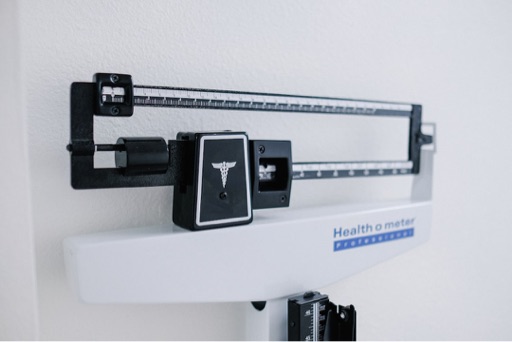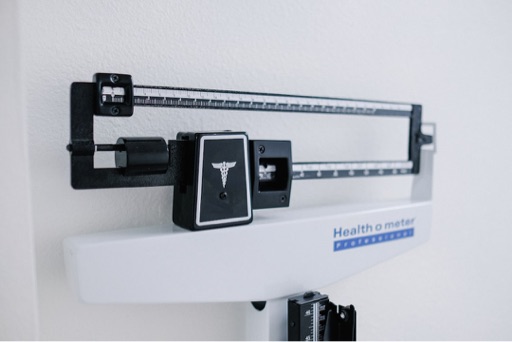Recent findings from a Lancet Commission, consisting of 50 global experts, suggest that millions may be misclassified as overweight or obese due to the current standards used for measuring body mass index (BMI). BMI, which evaluates a person’s weight in relation to their height, has been the go-to metric for categorizing individuals for decades. However, this report calls for a radical reassessment of how we diagnose obesity.
Currently, BMI categorizes individuals as follows:
- Underweight: BMI is less than 18.5 kg/m2
- Healthy weight: BMI is between 18.5 and 24.9 kg/m2
- Overweight: BMI is between 25 and 29.9 kg/m2
- Obese: BMI is between 30 and 39.9 kg/m2
- Severely obese: BMI is 40 kg/m2 or more
Currently, about two-thirds of adults in Britain are categorized as overweight or obese. The Commission argues that this classification might be misleading. Many physically active individuals with larger frames can be misdiagnosed as obese simply due to higher muscle mass or bone structure. Conversely, some individuals who appear lean may be at risk of metabolic issues, dubbed as ‘metabolically obese,’ without their condition being detected.
Professor Francesco Rubino, the Commission’s chair, emphasized that while BMI is a useful screening tool, it should not be the sole determinant of obesity. A more comprehensive approach would involve additional measurements, such as waist-to-hip or waist-to-height ratios, to provide a clearer picture of an individual’s body fat and overall health.
Dr. Adam Collins from the University of Surrey highlighted the need for routine risk assessments that go beyond BMI, to catch those who are at metabolic risk despite having a normal BMI. As the conversation continues regarding obesity and public health, experts believe it’s essential to rethink the existing paradigms and promote healthier, more accurate ways of evaluating health risks associated with body weight.

Source: The Mirror





